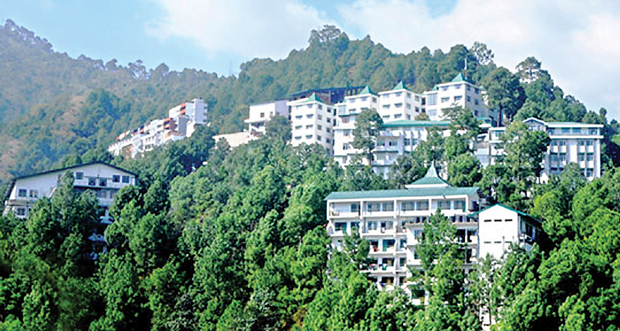Being able to accurately forecast the energy yield of a PV system is important in convincing investors of the returns solar can achieve, as well as providing a benchmark for owners and operators to better understand how a project is performing.
And as PV technology continues to diversify, with more differentiated products making their way to market, understanding how each will perform under certain conditions is an increasingly important consideration. And when a project does not meet expectations, it can cause big problems for all involved, and even harm solar’s wider reputation.
This was on the minds of a group of researchers led by Shoolini University and India’s National Institute of Technology in Hamirpur, who set out to develop a new model to predict the output of solar cells and modules over time. A key consideration for their model was accounting for the often unavoidable performance loss that PV systems experience over time. By working this into the model, the group estimates it is able to increase the accuracy of yield forecasts by as much as 26%.
Accounting for module degradation
The model is described in full in the paper A power prediction model and its validation for a roof top photovoltaic power plant considering module degradation, published in Solar Energy. The researchers measured the output and degradation of various solar cells in the lab under a sun simulator, and then validated these results with data from a PV installation on the institute’s rooftop. The paper also identifies different parameters to include in the model under different climate conditions, finding that a simpler model with only three parameters offered the most accurate forecast under low irradiance conditions, while four and five parameter models were more precise as the level of irradiation increased.
“Our model could be useful for developing PV power forecasting software capable of predicting daily, monthly, and yearly solar power generation, which is a crucial parameter for calculating the electricity supply and demand distribution, as well as for marketing PV systems,” said Shoolini University Professor Shyam Singh Chandel. “Being able to predict the output power of different PV technologies will help interested parties decide for the best option available in the market for a particular location. Based on the foreseen energy generation and the selected technology, one can estimate the total expenditure and payback period for a given project.”
This content is protected by copyright and may not be reused. If you want to cooperate with us and would like to reuse some of our content, please contact: editors@pv-magazine.com.




2 comments
By submitting this form you agree to pv magazine using your data for the purposes of publishing your comment.
Your personal data will only be disclosed or otherwise transmitted to third parties for the purposes of spam filtering or if this is necessary for technical maintenance of the website. Any other transfer to third parties will not take place unless this is justified on the basis of applicable data protection regulations or if pv magazine is legally obliged to do so.
You may revoke this consent at any time with effect for the future, in which case your personal data will be deleted immediately. Otherwise, your data will be deleted if pv magazine has processed your request or the purpose of data storage is fulfilled.
Further information on data privacy can be found in our Data Protection Policy.